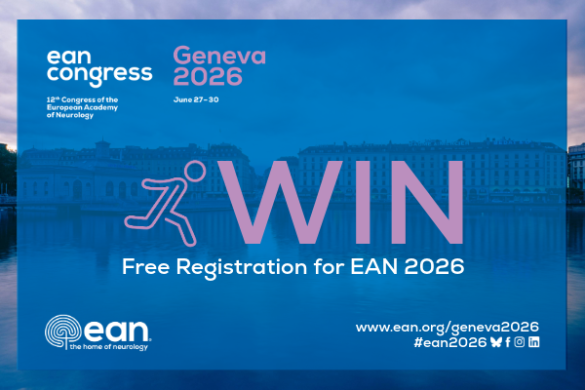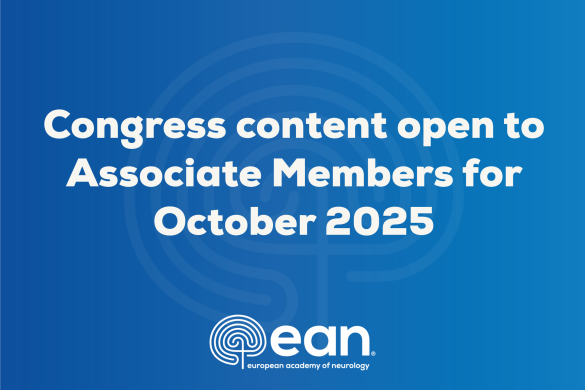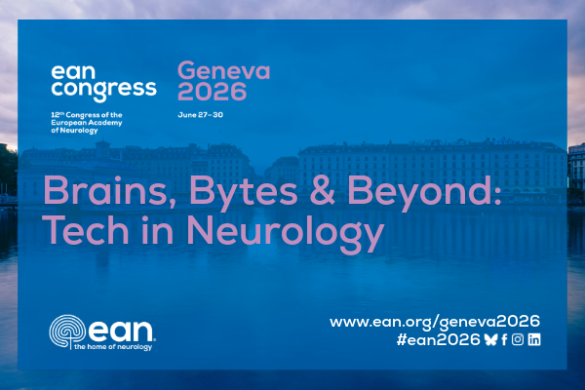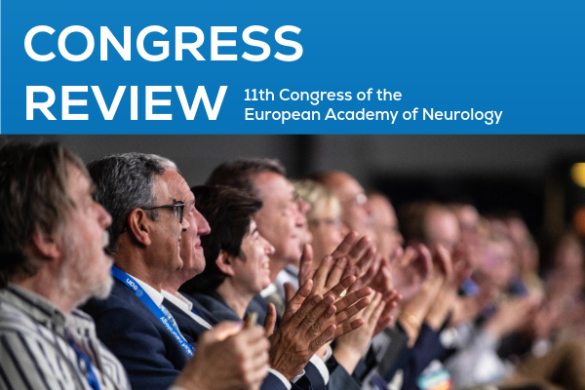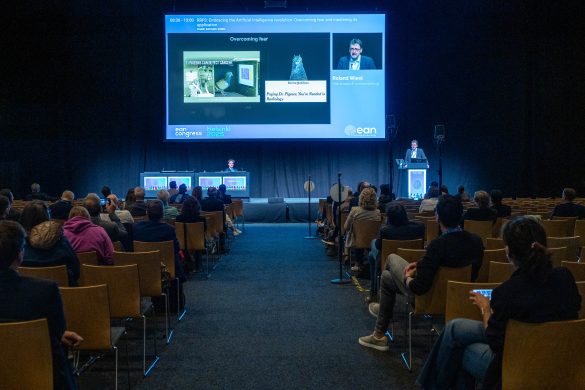by Geir Bråthen
The Norwegian population is small, stable, and well organized. Despite having seen increasing urbanization and immigration in recent years, the population of 5.3 million inhabitants is remarkably stable. Specialist health services are close to 100 % publicly financed and equally available to all. All inhabitants have unique Personal Identification Numbers and can easily be identified across a broad range of mandatory and voluntary public registries. Seventeen central, mandatory health registries are being used for health analysis and statistics, quality improvement, research, administration and emergency preparedness. These include the Medical Birth Registry of Norway, Norwegian Cause of Death Registry, Norwegian Patient Registry and Norwegian Prescription Database.
More than 50 nation-wide diagnosis-specific registries have been established. Although their main aim is to improve the quality of health care and ensure equal services across the country’s challenging geography, these registries also form a highly attractive basis for research. Within Neurology, noteworthy registries include the Norwegian MS-Registry & Biobank, the National Stroke Registry, and recently established quality registries for Parkinson’s disease. Unfortunately, from 2016 the government has stopped approval of new registries due to funding issues, postponing among others a planned ALS registry.
However, the government appreciates the high impact of such registries both for research and quality improvement. For example, the Norwegian MS registry, administered from Haukeland University Hospital in Bergen, was established in 2001 and has so far led to some fifteen PhD degrees. The National Stroke registry was fully operative with nation-wide coverage from 2013 and publishes annual reports on crucial quality parameters such as door-to-needle times and proportions of patients receiving thrombolysis at all hospitals. Biobanks attached to many of the registries are co-organised in Biobank Norge.

St. Olav’s Hospital is placed close to the historic city centre of Trondheim. The hospital has been totally rebuilt after the millennium. The Neuroclinic (white buildings) have been in use since 2006; the last buildings were finished 2018
Alongside the many compulsory and voluntary registries, several population-based studies have provided valuable research data. These include e.g. the Tromsø Study, the Hordaland Study, and the Nord-Trøndelag Health Study (HUNT). In the HUNT studies all adult inhabitants from one county have been invited from 1984 onwards at approximately 10-year intervals and its database includes questionnaire data, clinical measurements and blood samples. HUNT has seen exceptionally high participation rates and has 126.000 unique individuals in its databank, providing a good base for further health surveys in the county and an excellent research environment. Approximately 300 national and international research projects are currently using data and biochemical samples from the HUNT database and biobank, and the data is in principle available to researchers everywhere. In Neurology, HUNT has primarily been exploited for headache research (Head-HUNT). The headache research group at St. Olav’s University Hospital in Trondheim has published approximately 100 papers based on the HUNT studies. Other important studies from Headache research in Trondheim includes four RCT studies documenting the efficacy of candesartan for migraine and several studies on medication-overuse headache.
The Tromsø Study was initiated in 1974 in an attempt to combat the high cardiovascular mortality at the time. The primary aim was to determine the reasons for the high mortality of cardiovascular disease, and also to develop ways of preventing heart attack and stroke. Since then the study has continued and expanded to include, among others, neurological diseases. In all, more than 40.000 unique individuals have participated in at least one of the seven screening surveys. Participants are followed up with registration of incident cardiovascular events, including ischemic stroke, intracranial haemorrhage and subarachnoid haemorrhage. Thus, the study has been able to provide evidence of time trends in first-ever incident stroke subtypes and case fatality over more than 40 years, as well as change in risk factors for stroke over time. From 1994 onwards, the study has included ultrasound examination of the carotid arteries and tests of cognitive function, along with tests of pain sensitivity, echocardiography, retinal imaging, and several other clinical measurements. The carotid ultrasound study is internationally unique in terms of being the only large population-based study with repeated measurements of intima-media thickness, total plaque area and computer-assisted ultrasound measurements of plaque echogenicity and has contributed important knowledge on the natural course of atherosclerosis development in the general population and the risk of clinical disease. MRI of the brain, including MR time-of-flight angiography of the intracranial vessels, has been done in a subset of 1900 participants. Ongoing projects are studying the population prevalence of intracranial aneurysms and intracerebral arterial atherosclerosis, as well as the relationships between arterial changes and structural brain findings, pain sensitivity, cognitive function, and risk of Alzheimer’s disease.
A small country like Norway does not easily compete in research on rare disorders. However, health registries and patient cohorts in a well-structured and transparent society form an excellent basis for equal healthcare across the nation as well as high-quality epidemiological and cohort-based research.
Geir Bråthen, Head of Neuroclinic, Trondheim University Hospital and Associate Professor at Norwegian University of Science and Technology (NTNU), Trondheim, Norway





